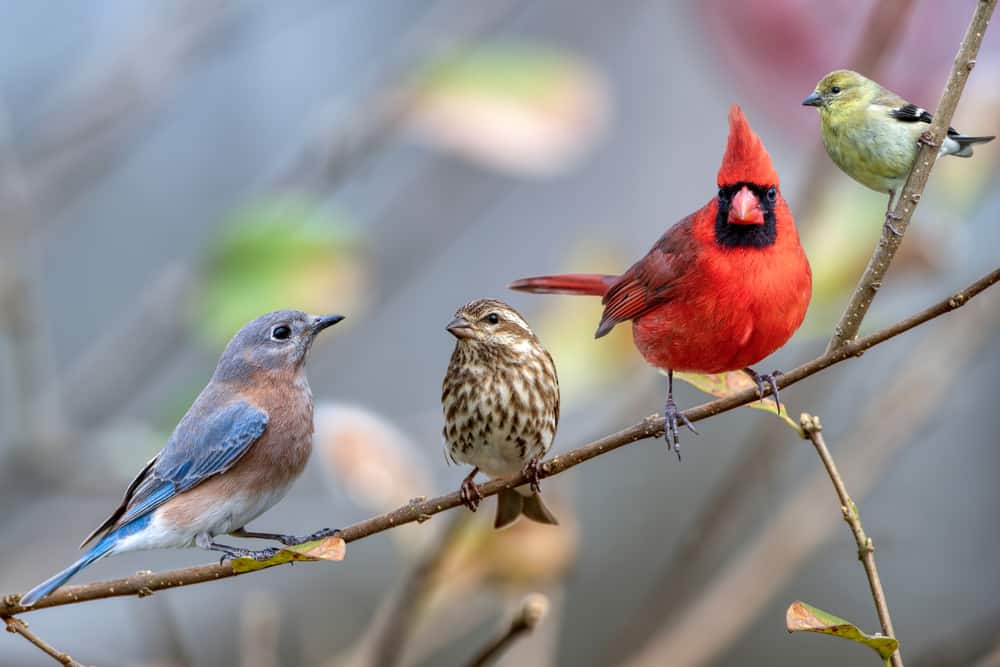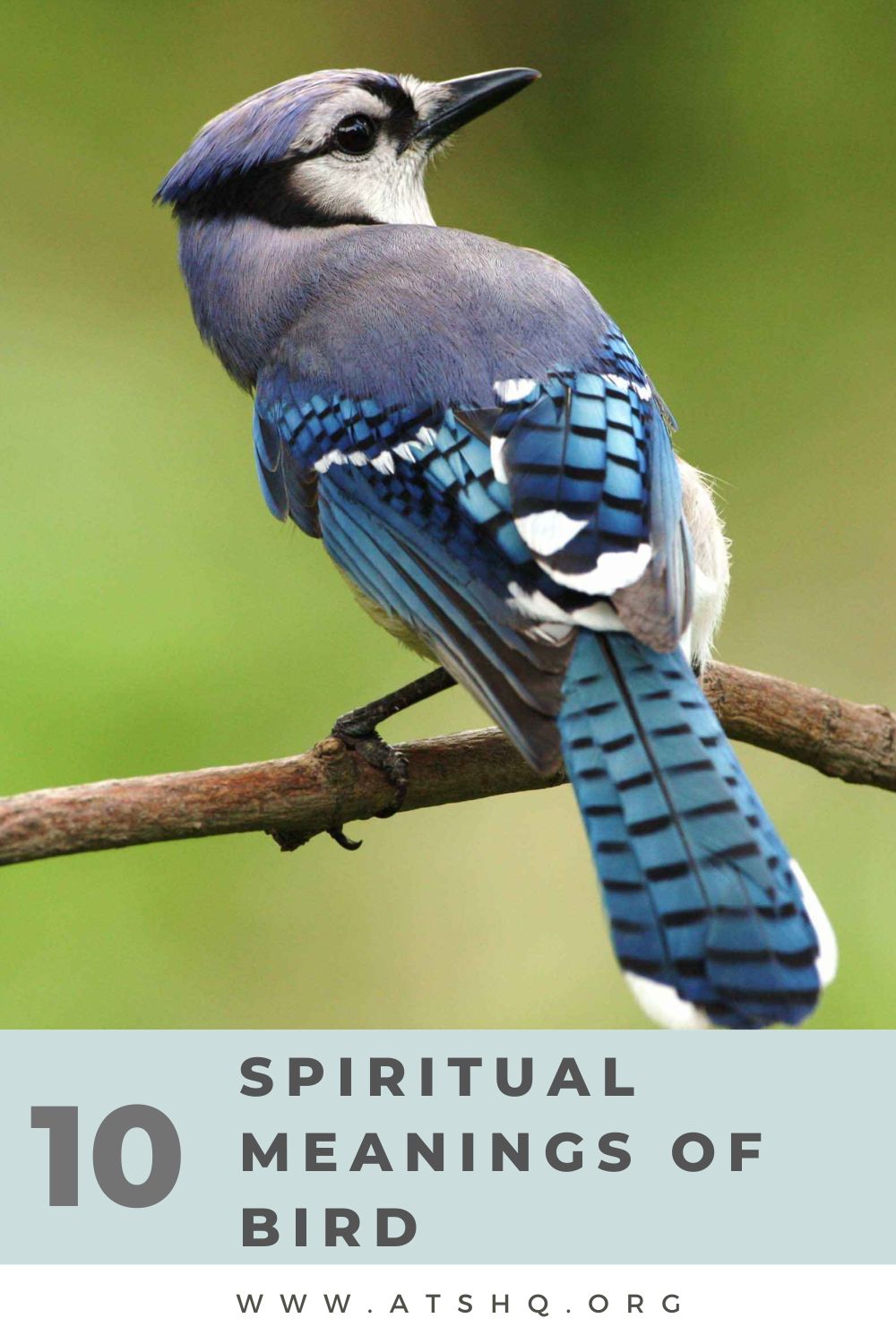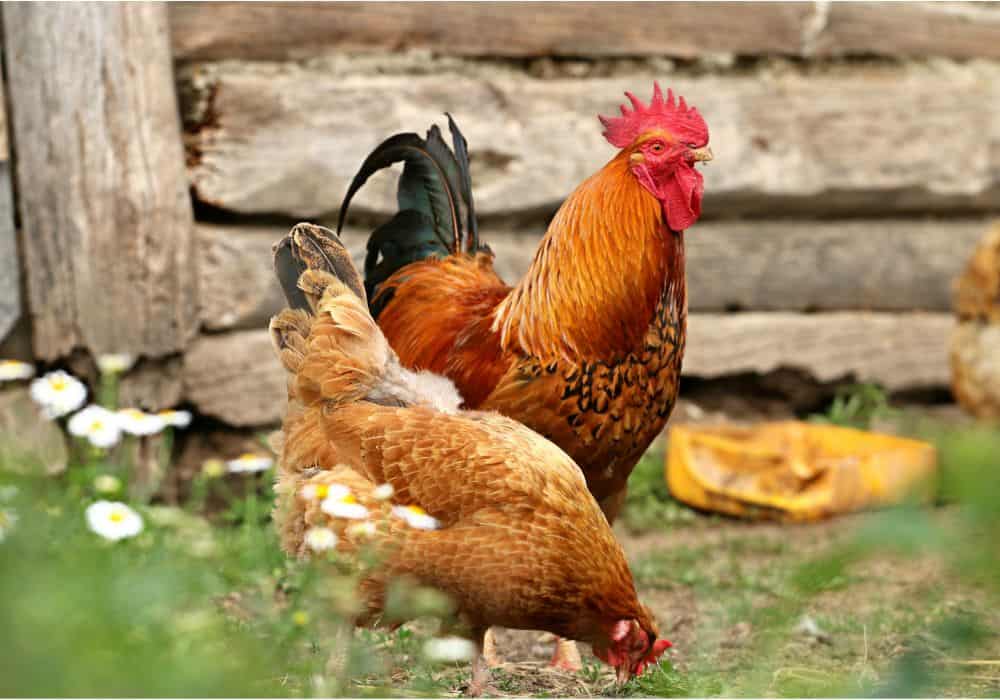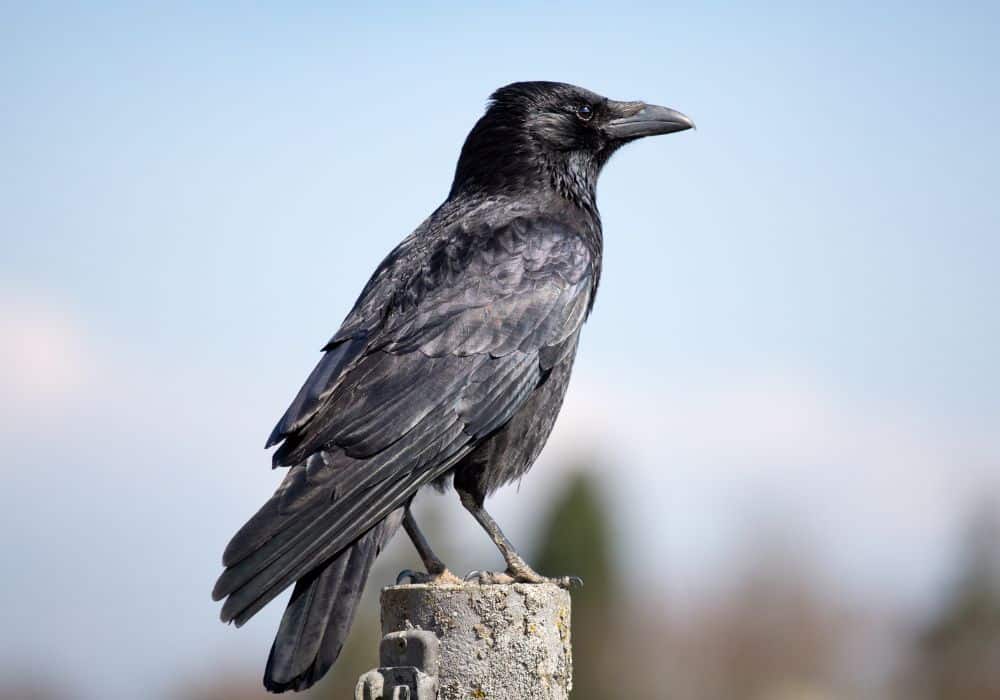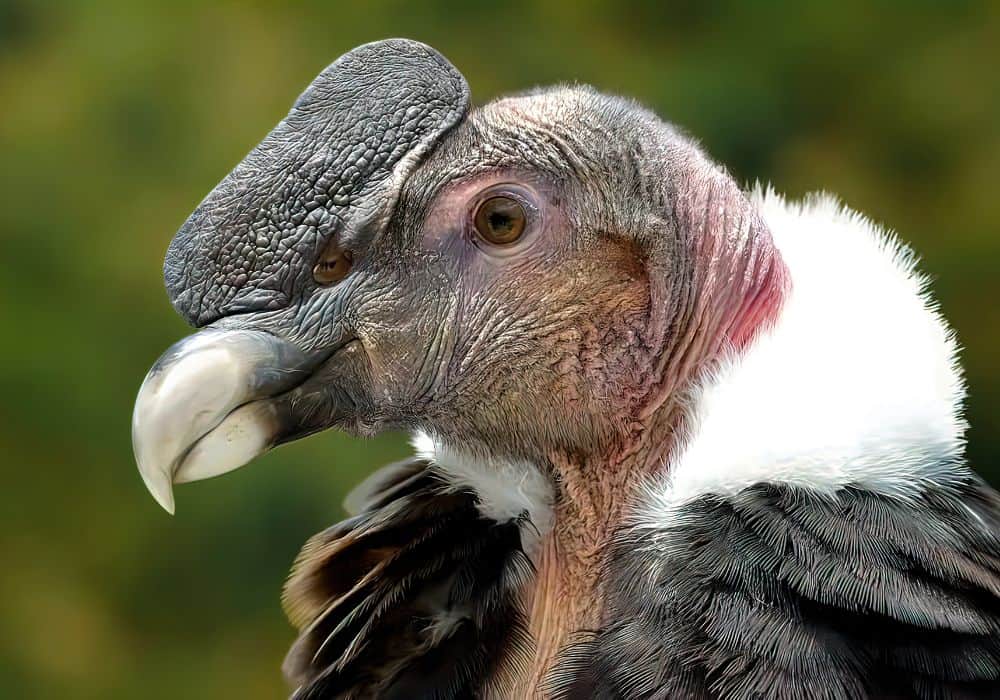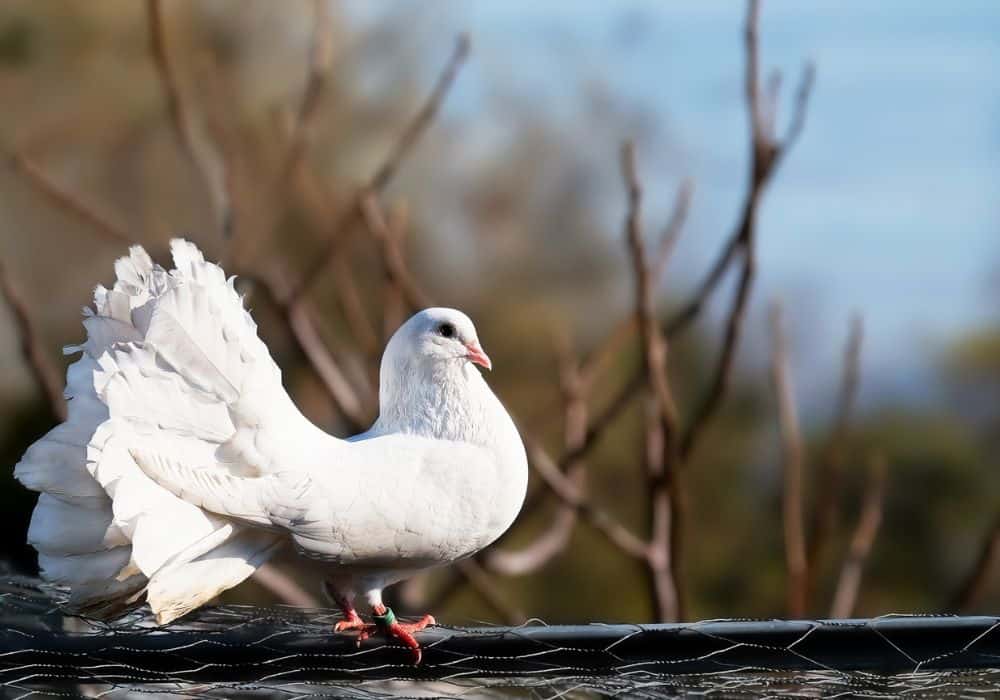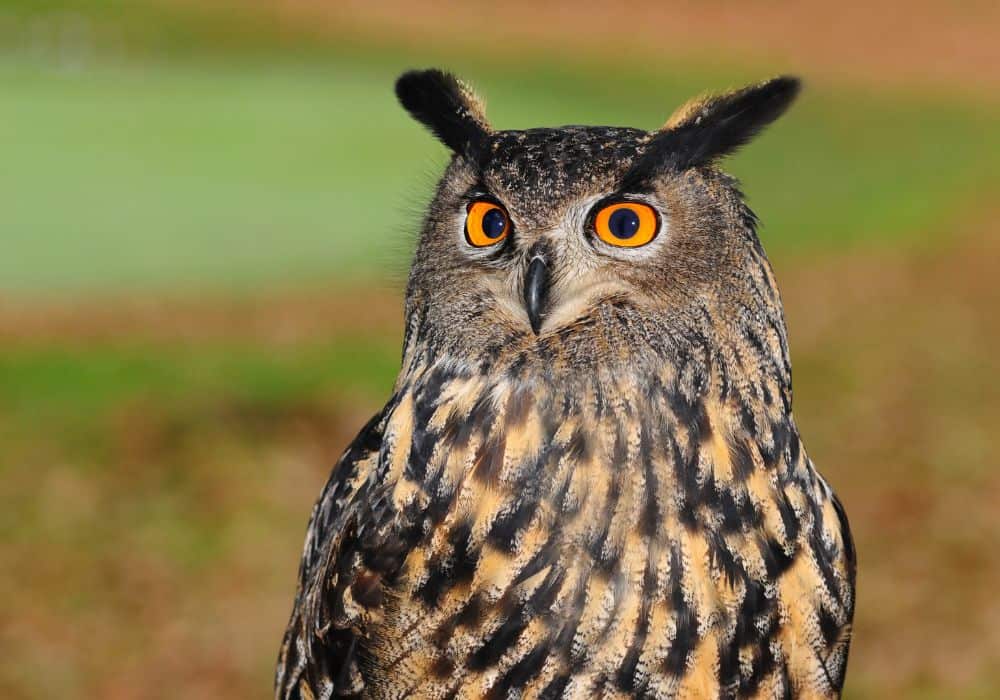You would hardly find a culture, belief system, or tradition that doesn’t include any type of bird. Nearly every human group connected birds to various aspects of life, from death to life itself. Even to this day, many birds are associated with a specific trait, feature, or virtue.
A crane is a symbol of beauty, an eagle is a symbol of freedom, and so on. However, the symbolic significance of different birds goes into much greater detail and importance than that. In this article, we’re going to cover some of the most prominent birds that are important symbols in many cultures around the world. Every entry will start with a brief description of a bird, before seeing what are the most significant symbolic references to that bird.
Chicken Symbolism
Chickens were some of the first animals that humans domesticated. While native to Southeast Asia, these birds quickly reached most parts of the world, making a strong imprint in folklore and mythology from the Far East to Africa.
Usually, hens represent fertility and creation, while roosters symbolize vigor and strength. The chicken is also thought to inspire the phoenix of the Egyptians, the mythical bird that rises from its own ashes anew, symbolizing rebirth, immortality, renewal, and transformation.
Chickens in Greek Mythology
In Antiquity, both Ancient Greece and Ancient Rome used chickens for communicating with gods. Both societies had a special class of priests called augurs, which used to raise chickens that were thought to be sacred.
In preparation for reading the divine will, an augur would starve the chicken, and then release it in front of food, predicting the future from the behavior of the chicken. The results of such rituals were taken very seriously, and no significant political moves were made without a positive reading beforehand.
Both societies saw chickens as sacred, and some ancient doctors even developed cures that could cure any ailment by combining various parts of the chicken (even the excrements) with honey or wine.
Chickens in African Mythology
Chickens are seen as playing part in the creation of the world in many tribes all over Africa. For example, Luhya people from East Africa believe that the supreme deity Wele Xakaba created a giant rooster that is responsible for storms.
The same Luhya tribes also see white chickens as symbols of prosperity, good fortune, and abundance, while featherless chickens as signs of incoming calamity. Similar beliefs are also held by tribes in other regions of the continent.
Raven and Crow Symbolism
The genus Corvus consists of many blackbirds that eat almost everything, including carrion. That’s why they’re commonly seen around dead animals, and many raven and crow birds share similar symbolism.
However, the biggest is the common raven (Corvus corax). It often exceeds 25 inches (63 cm) in length and 2.5 pounds (1.1 kg) in weight. Additionally, it’s also the most widespread corvid species and is found everywhere from Siberia to Mexico.
Large size, wide habitat, and recognizable call led to the raven becoming a significant symbol in different cultures all around the world. It’s mostly associated with death and calamity but also symbolizes wisdom and insight.
Ravens in Native American Mythology
Similar to coyotes, ravens are seen as trickster figures in many Native American cultures. Many tribes also see the raven as the creator deity, responsible for creating the earth, the waters surrounding it, and the sky covering it from above.
To many Native American tribes, the raven is the symbol of creation, generation, wisdom, and divinity. It’s among the most respected birds in Native American mythology, and to many tribes, the most respected.
Ravens in Norse Mythology
In Germanic paganism, Odin was regarded as the main god and ruler of Asgard, the heavenly realm. He was closely associated with ravens, and legends say that he was accompanied by two named Huginn and Munnin. In the Old Norse language, their names mean “thought” and “memory”.
The ravens would fly around the world, collecting the news and delivering them to Odin, serving as his eyes and ears. As a result, Germanic people, including the Vikings, saw ravens as symbolizing insight and wisdom and thought of these birds as messengers of god.
Ravens in Islam
In Islam, ravens are associated with bad news. In the story of Hābīl and Qābīl (Cain and Abel in the Qur’an), ravens helped Cain to hide the corpse of his brother. As Cain murdered Abel, he saw one raven that was digging with his beak to bury another raven, which was dead. It inspired Cain to bury Abel, hiding his corpse.
Condor Symbolism
Condors are the biggest birds in the Americas, reaching a body length of 4.5 feet (1.37 m) and waving around with a wingspan of 10 feet (3 m). There are only two species of these vultures, one inhabiting North America, and another inhabiting South America.
Native Americans see condors as mediators between the human living realm and the spiritual heavenly realm. Across Native American tribes, condors symbolize many things, from divinity, wisdom, and good luck, to death and the afterlife.
Stories and myths about supernatural condors can be found in many tribes of Native America. The condor was seen as the royalty of the skies, as the king of birds, as the messenger of the gods. Its feathers were used to adorn the chieftain headdresses, imbuing them with the spirit of the animal.
Condors in Inca Religion
Incas worshipped the condors and thought these birds were the messengers of Inti, the god of sun and agriculture. It was thought that condors can carry prayers to Inti, which would bless the people in return. Such relation made condors sacred birds, symbolizing fortune and divinity.
Dove Symbolism
Over 300 species of birds are colloquially called either doves or pigeons. In the Anglophone world, smaller pigeons are usually called doves, but it’s not a scientific classification, and in many languages, there isn’t a distinction by size.
Dove and pigeon species are found in nearly every region of the world, except for the North Pole, Antarctica, and the Sahara Desert. Naturally, they became a part of theology and folklore in many cultures.
Doves, specifically white doves, are seen as a symbol of peace, usually symbolizing purity, divinity, and freedom.
Doves in Mesopotamian Mythology
Doves were the earliest domesticated birds, possibly as early as 10,000 years ago. They’re mentioned in written records dating back 5,000 years, in hieroglyphs of Ancient Egypt, and in cuneiform tablets found in Mesopotamia.
Many cultures of the region, including Akkadians, Assyrians, and Babylonians regarded the dove as the sacred bird representing the goddess Ishtar. She was one of the most important Mesopotamian deities, connected to love, fertility, and beauty, but also with war, and power.
She was worshiped for thousands of years, and figurines of doves are commonly found in temples dedicated to her. Interestingly, this relationship between doves and the goddess of love got carried over to the Ancient Greek myth of Aphrodite.
Doves in Christianity
In most denominations of Christianity, white doves symbolize peace, divinity, and the Holy Spirit. For example, in the Bible, specifically the Gospel of Matthew, it’s written, that:
“And when Jesus had been baptized, just as he came up from the water, suddenly the heavens were opened to him and he saw God’s Spirit descending like a dove and alighting on him.”
A similar verse is also found in the Gospel of Luke, strengthening the relationship between the dove and the Holy Ghost.
In most of the Western world, newlyweds release white doves after getting married. It symbolizes fidelity and loyalty, as doves are monogamous birds. As they’re released from cages, it also represents liberation and a new beginning.
Owl Symbolism
There are more than 200 species of birds that we call owls. All of them are carnivorous predators that are active during the night. Additionally, owls have flat faces and can rotate their heads by 270 degrees. They’re also one of the most widely spread types of bird, inhabiting nearly every corner of the world, except for Antarctica and parts of Greenland.
With such unique and attention-drawing features, it comes as no surprise that owls are found in mythologies all around the world. In most cultures, owls represent death and destruction, but in some, this bird represents wisdom or wealth.
Owls in Hinduism
Goddess Lakshmi is one of the main deities in Hinduism, representing fortune, enlightenment, and wealth. It’s said that her mount was a huge white barn owl, that she uses to fly around with. Thus, owls are also seen as symbols of fortune, enlightenment, and wealth.
Similarly, another Hindu goddess called Chamunda also uses a huge owl as a mount. However, Chamunda is one of seven Matrikas, the fearsome goddesses that represent disease, starvation, and death. As a result, owls are also seen as bad omens, serving as a reminder that life on earth isn’t all fine and dandy.
Owls in Native American Mythology
Owls are prevalent in Native American mythology, usually symbolizing death and bad news. For example, Mictlāntēcutli is an Aztec god of death and destruction, and the ruler of the underworld. He’s usually portrayed surrounded by owls.
Mayans thought that owls carry messages from Xibalba, the underworld of their mythology. To this day many Native American tribes use owls to scare their children into behaving. For example, parents tell their kids that an owl will come to get them if they won’t go to bed in time.
Final Words
Seeing birds flying in the sky naturally made them carry a supernatural and divine quality. Being closer to heaven, the spiritual realm, made birds significant aspects of various beliefs all around the world. As a result, birds are symbols of the most important aspects of life, be it divinity, death, or love.
